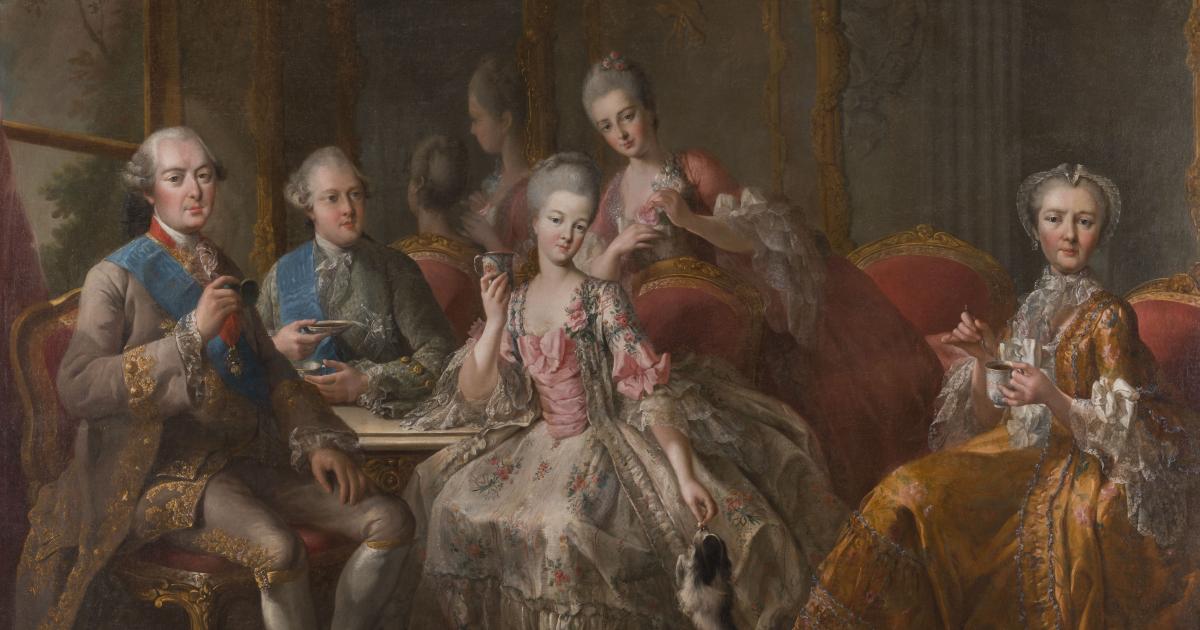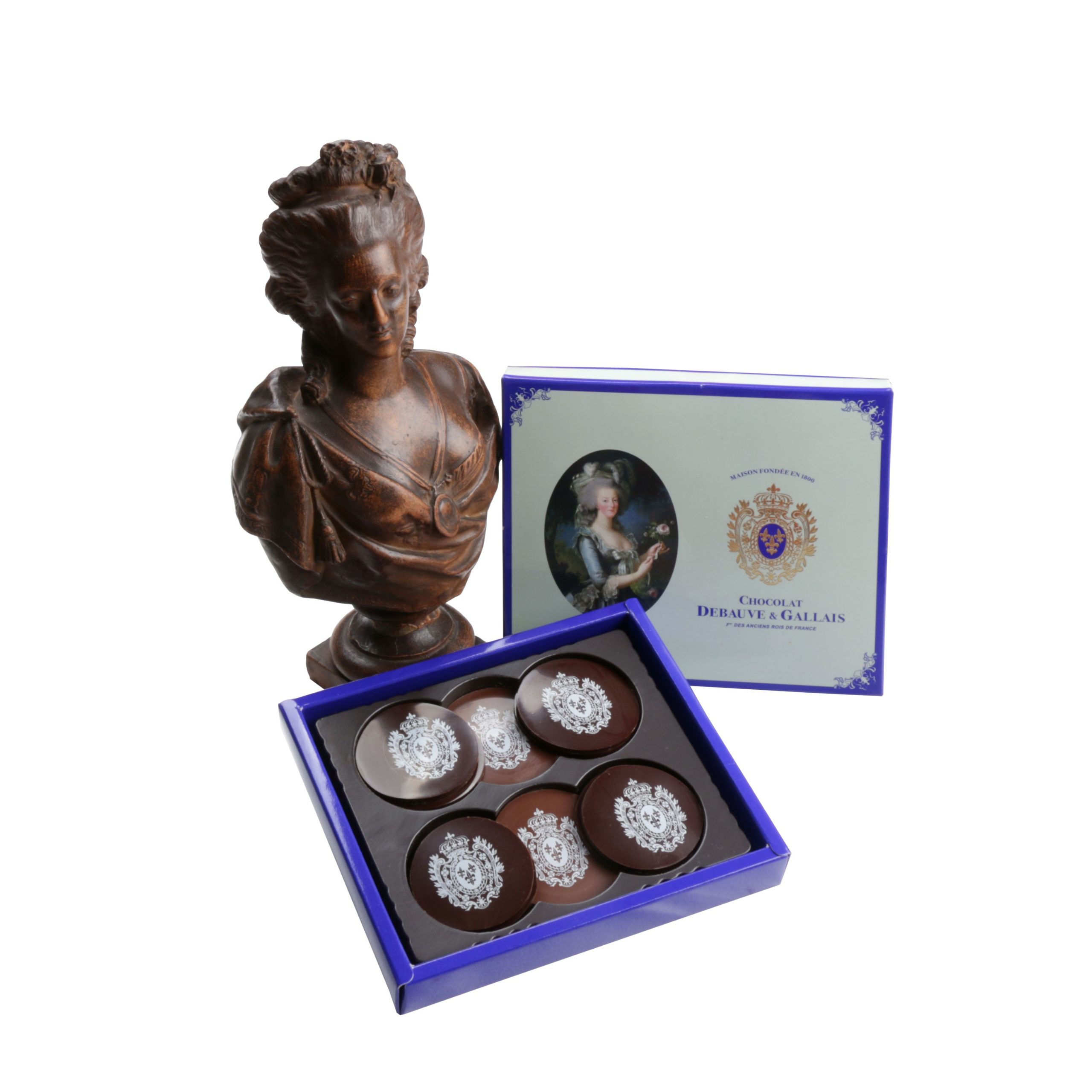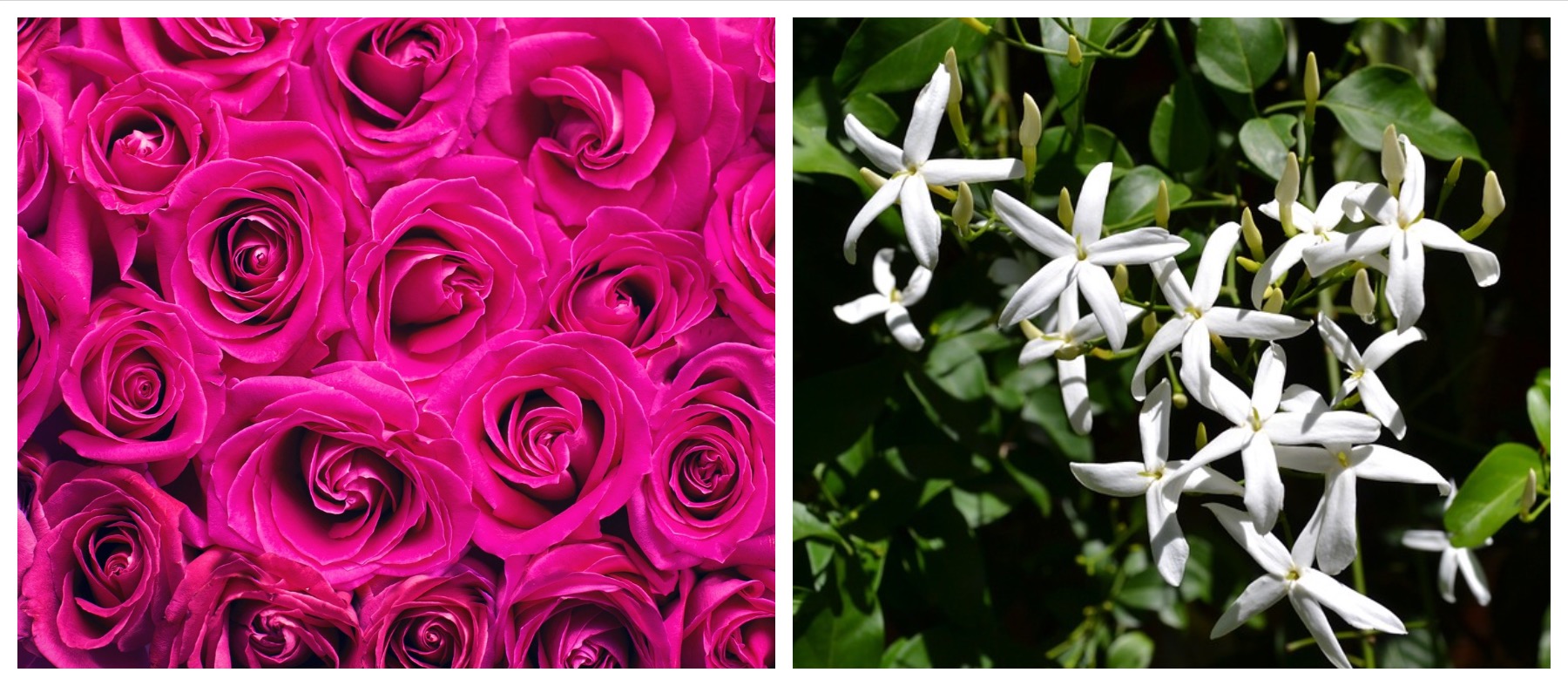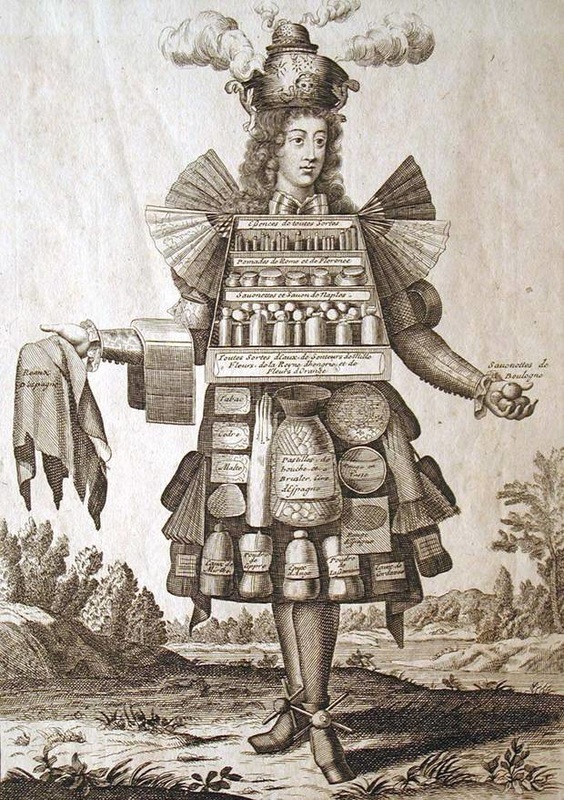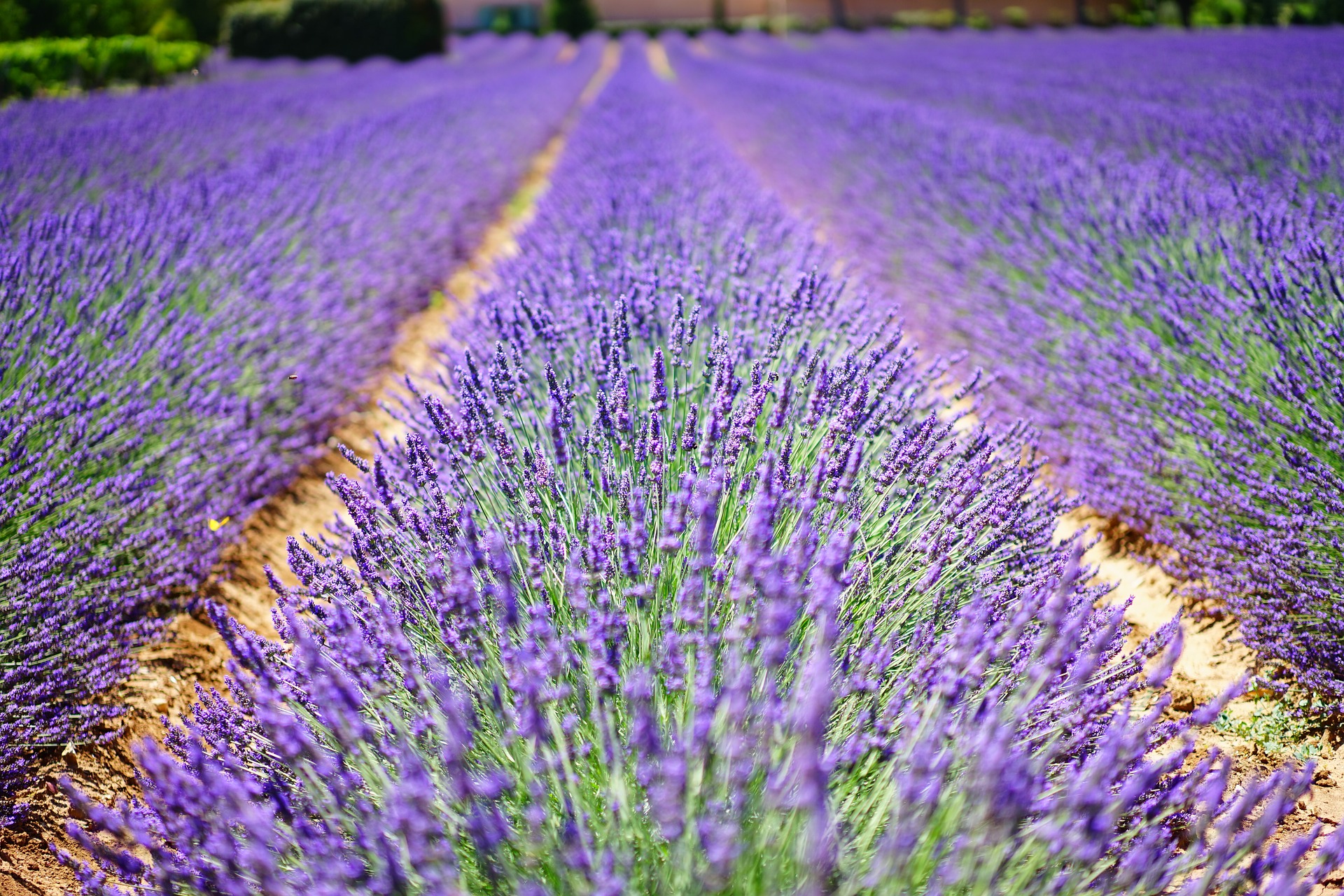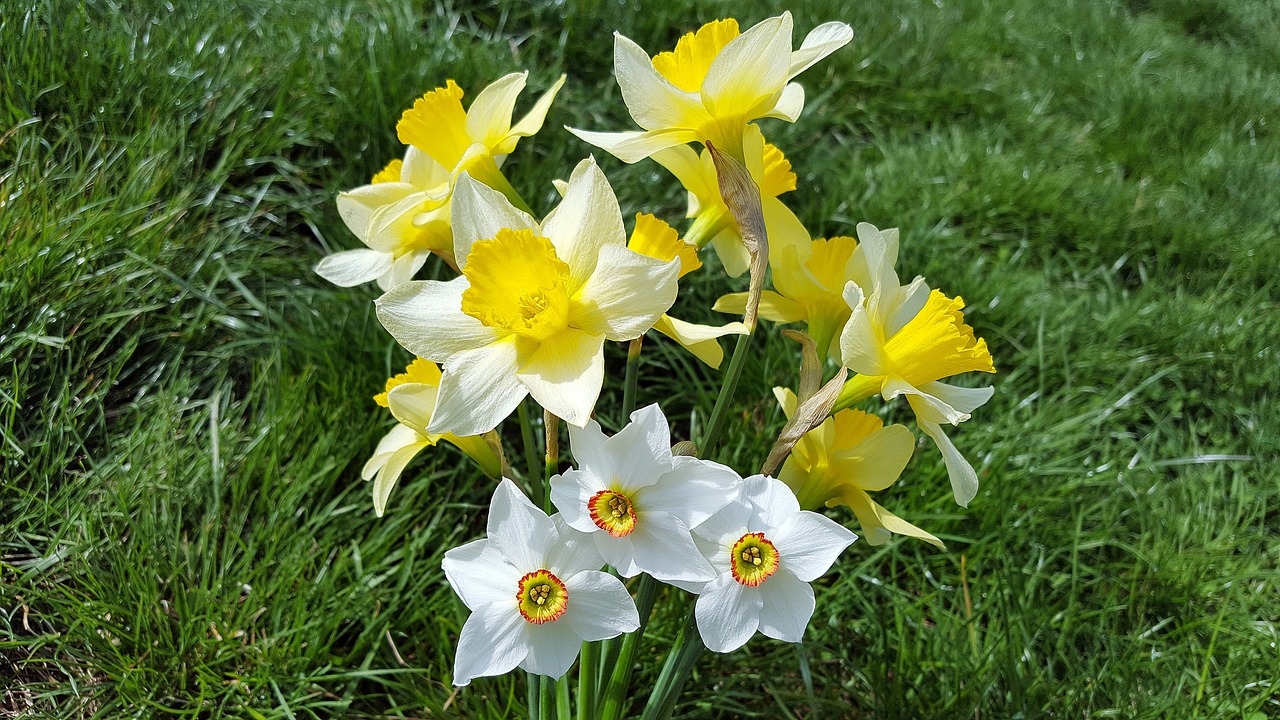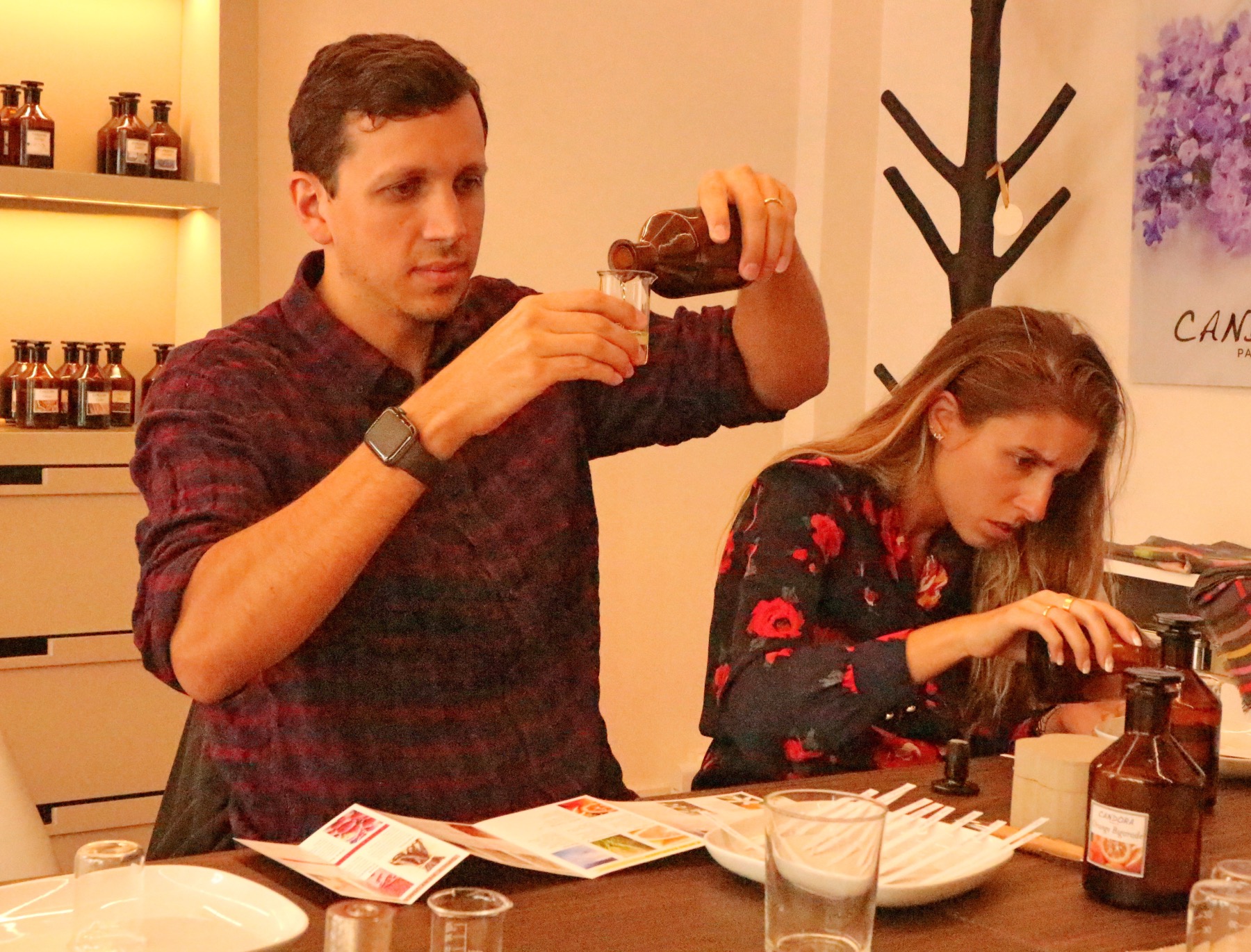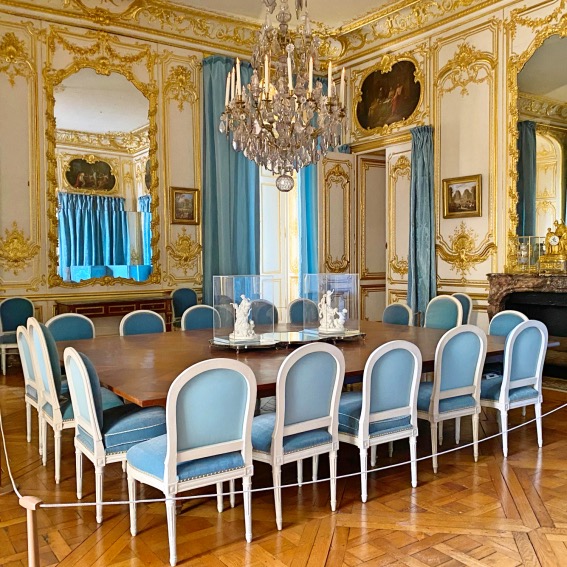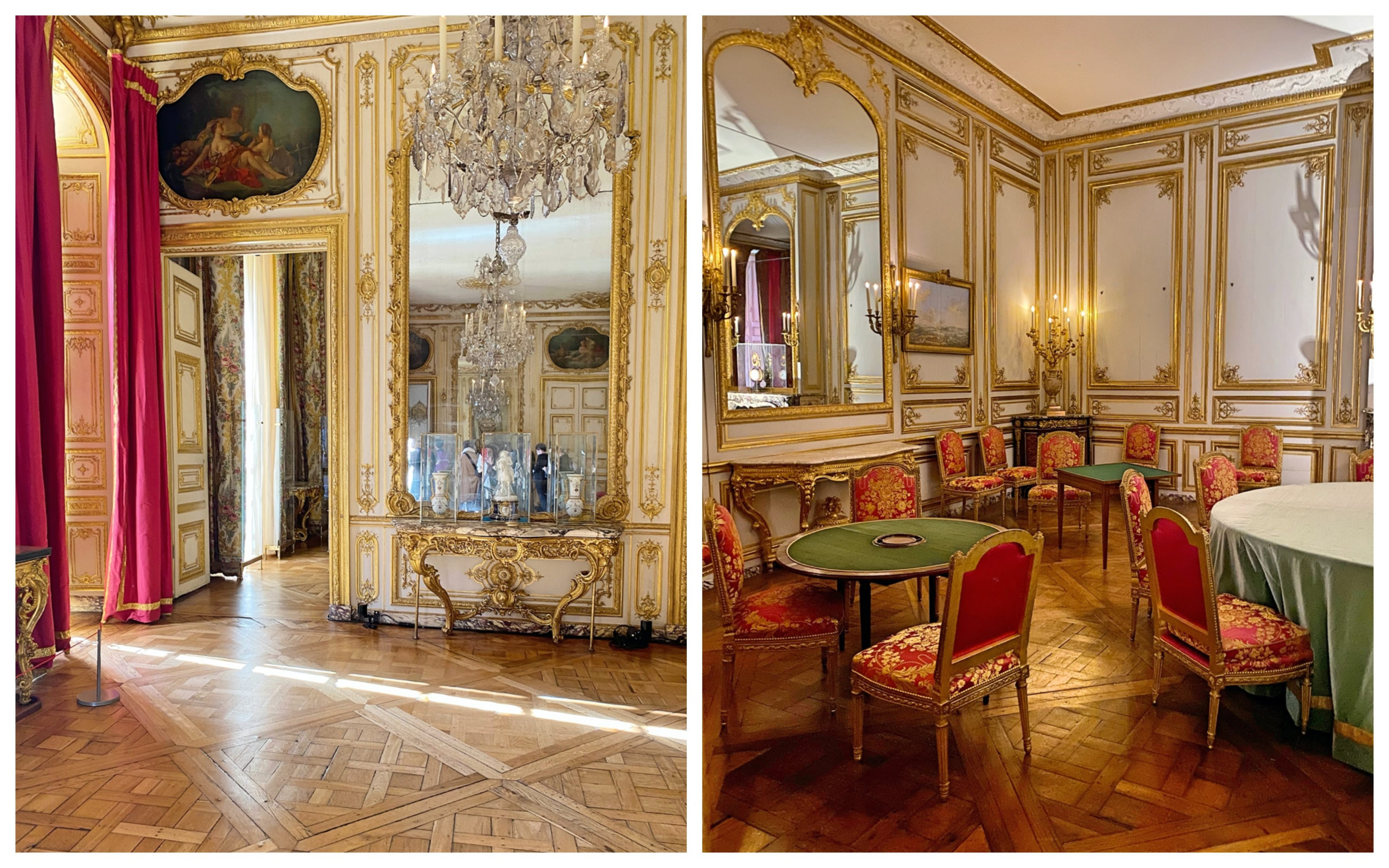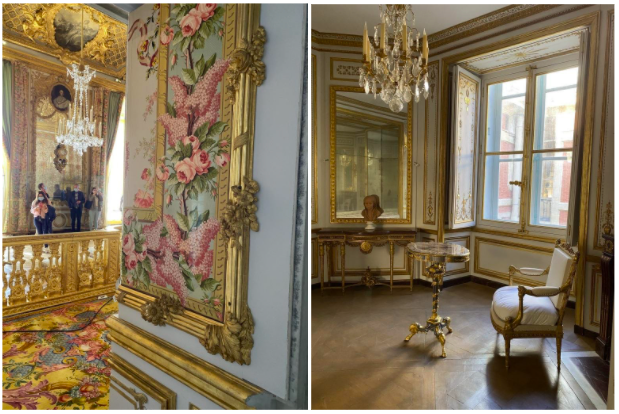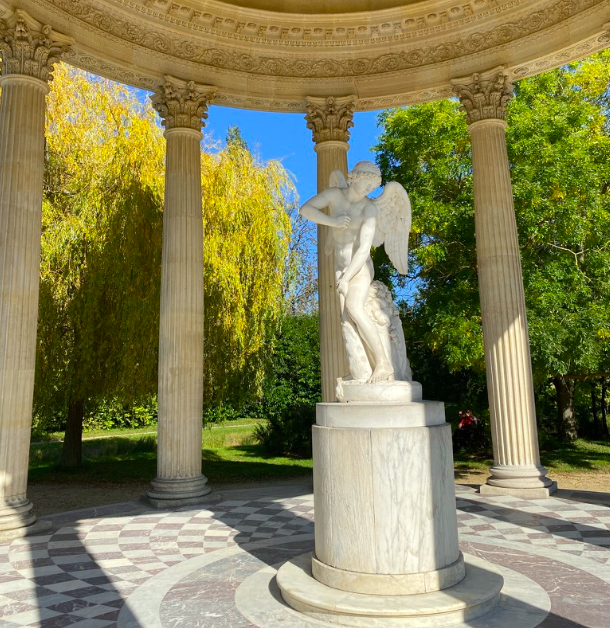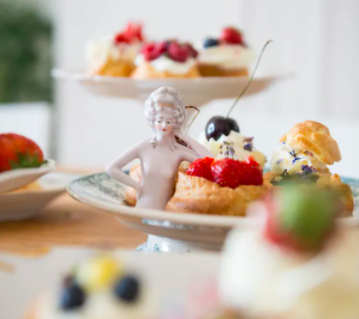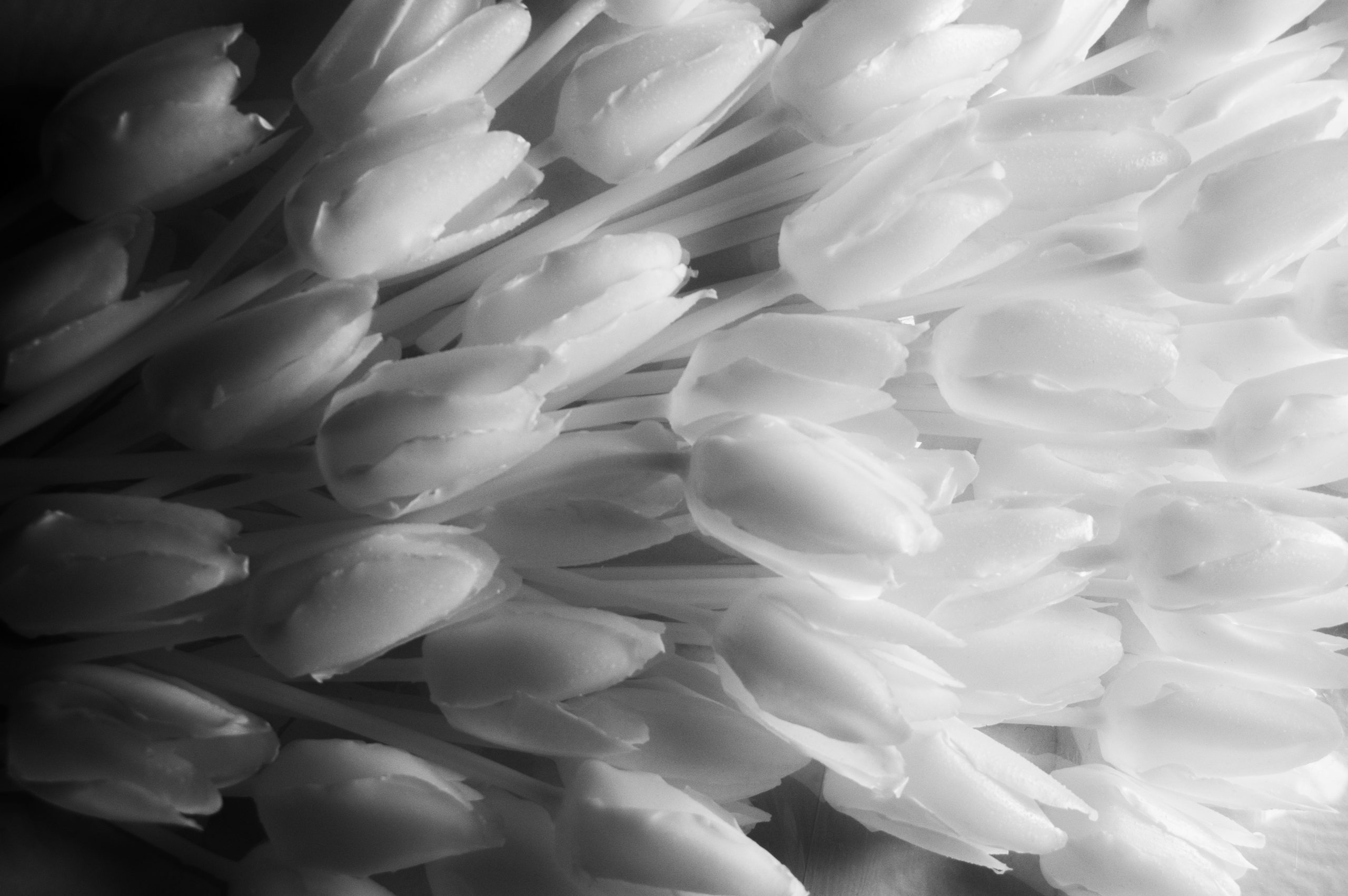https://www.picturesquevoyages.com/wp-content/uploads/2023/03/332291977_190093280302118_4085340532769476143_n.jpg
640
960
admin8800
https://www.picturesquevoyages.com/wp-content/uploads/2019/02/picturesquevoyageslogo-300x68-2-300x68.png
admin88002023-03-15 17:15:212023-03-23 09:51:51The History and Garden Inspirations of the Parisian Macaron
https://www.picturesquevoyages.com/wp-content/uploads/2023/03/Galerie-Christian-Dior-Paris-2.jpg
861
960
admin8800
https://www.picturesquevoyages.com/wp-content/uploads/2019/02/picturesquevoyageslogo-300x68-2-300x68.png
admin88002023-03-05 18:07:172023-03-08 18:26:57Nature Into Art: La Galerie Christian Dior
https://www.picturesquevoyages.com/wp-content/uploads/2022/10/Eugénie-visite-Rosa-Bonheur.jpeg
576
758
admin8800
https://www.picturesquevoyages.com/wp-content/uploads/2019/02/picturesquevoyageslogo-300x68-2-300x68.png
admin88002022-10-24 14:04:472022-10-30 18:54:21Surprising Stories: Empress Eugénie & Rosa Bonheur
https://www.picturesquevoyages.com/wp-content/uploads/2022/09/Marie-Antoinettes-Legacy-book-cover.png
392
508
admin8800
https://www.picturesquevoyages.com/wp-content/uploads/2019/02/picturesquevoyageslogo-300x68-2-300x68.png
admin88002022-09-27 14:12:312022-11-27 19:17:13My New Book: Marie-Antoinette’s Legacy
https://www.picturesquevoyages.com/wp-content/uploads/2022/09/MA-cropped.jpg
630
630
admin8800
https://www.picturesquevoyages.com/wp-content/uploads/2019/02/picturesquevoyageslogo-300x68-2-300x68.png
admin88002022-09-19 20:00:062022-09-25 17:30:40Surprising Stories: Let them Eat Cake… or Not
https://www.picturesquevoyages.com/wp-content/uploads/2021/11/mv-7716_006.jpg
630
1200
admin8800
https://www.picturesquevoyages.com/wp-content/uploads/2019/02/picturesquevoyageslogo-300x68-2-300x68.png
admin88002021-11-30 15:54:542021-12-01 11:05:57Surprising Stories: Hot Chocolate fit for Kings and Queens
https://www.picturesquevoyages.com/wp-content/uploads/2021/11/Screen-Shot-2021-11-30-at-12.09.56-PM.png
319
388
admin8800
https://www.picturesquevoyages.com/wp-content/uploads/2019/02/picturesquevoyageslogo-300x68-2-300x68.png
admin88002021-11-30 12:08:582021-12-01 11:18:00A Garden of Scents: Pomades, Pastilles, and French Perfume
https://www.picturesquevoyages.com/wp-content/uploads/2021/10/Apartments-of-the-King-Versailles-2.jpg
567
567
admin8800
https://www.picturesquevoyages.com/wp-content/uploads/2019/02/picturesquevoyageslogo-300x68-2-300x68.png
admin88002021-11-18 11:52:142021-11-19 10:33:38New Exclusive Versailles Tours & Experiences
https://www.picturesquevoyages.com/wp-content/uploads/2021/02/Omar-Sy-in-Lupin.jpg
558
930
admin8800
https://www.picturesquevoyages.com/wp-content/uploads/2019/02/picturesquevoyageslogo-300x68-2-300x68.png
admin88002021-02-12 08:59:402021-03-05 15:20:51Surprising Stories: The Dazzling Truth about Marie-Antoinette’s Diamond Necklace
https://www.picturesquevoyages.com/wp-content/uploads/2021/02/Mona_Oren_Wax_Tulip_Mania_2020_2021_HD_credit_Pauline_Hervault-scaled.jpg
2271
2560
admin8800
https://www.picturesquevoyages.com/wp-content/uploads/2019/02/picturesquevoyageslogo-300x68-2-300x68.png
admin88002021-02-01 18:09:032023-03-05 18:15:48Nature into Art: Wax Tulip Mania
Scroll to top
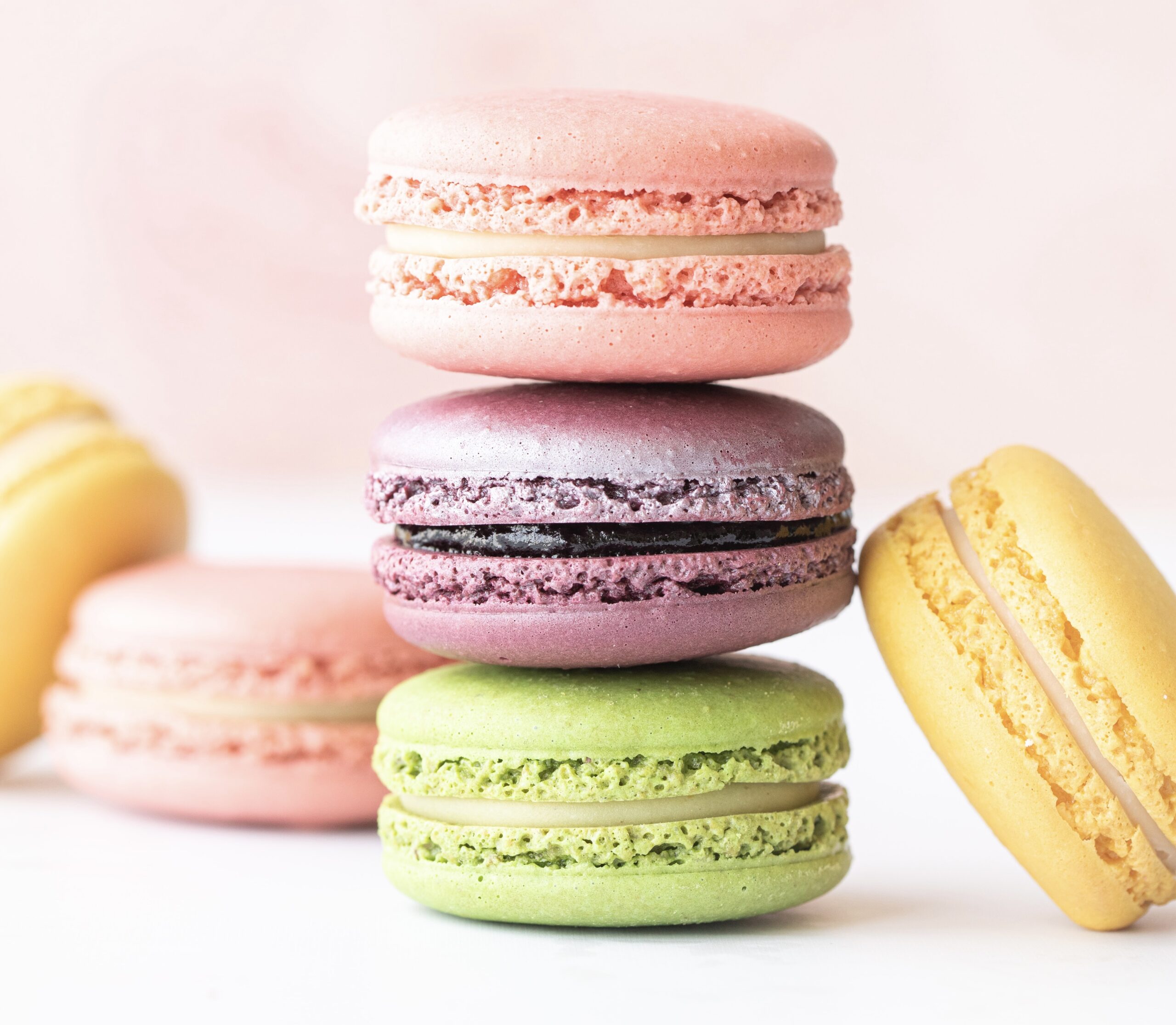

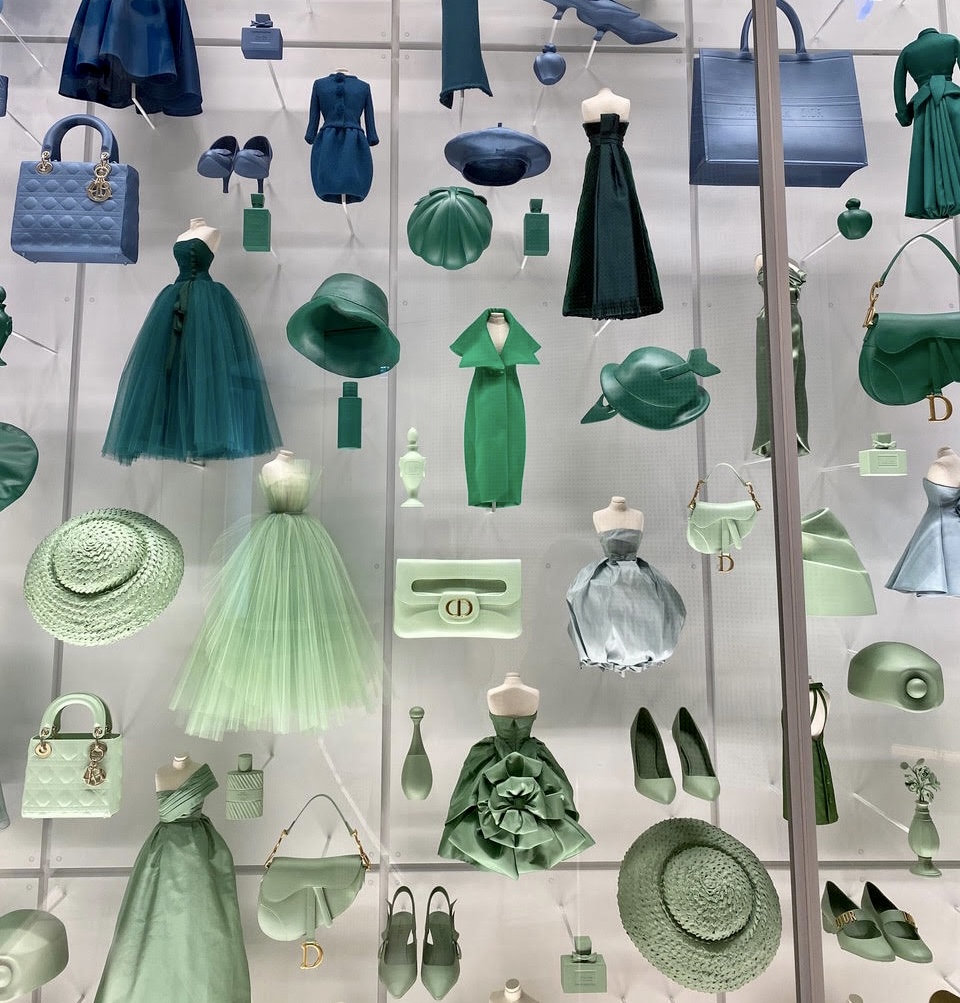
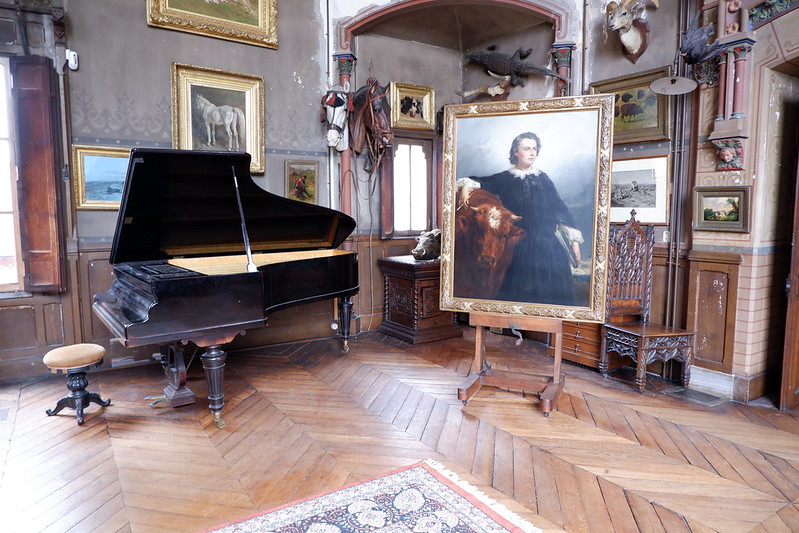
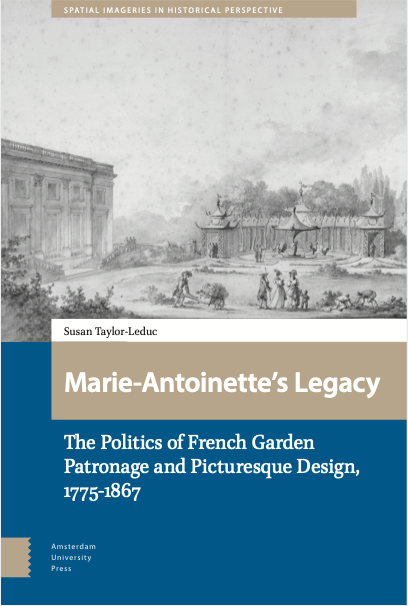
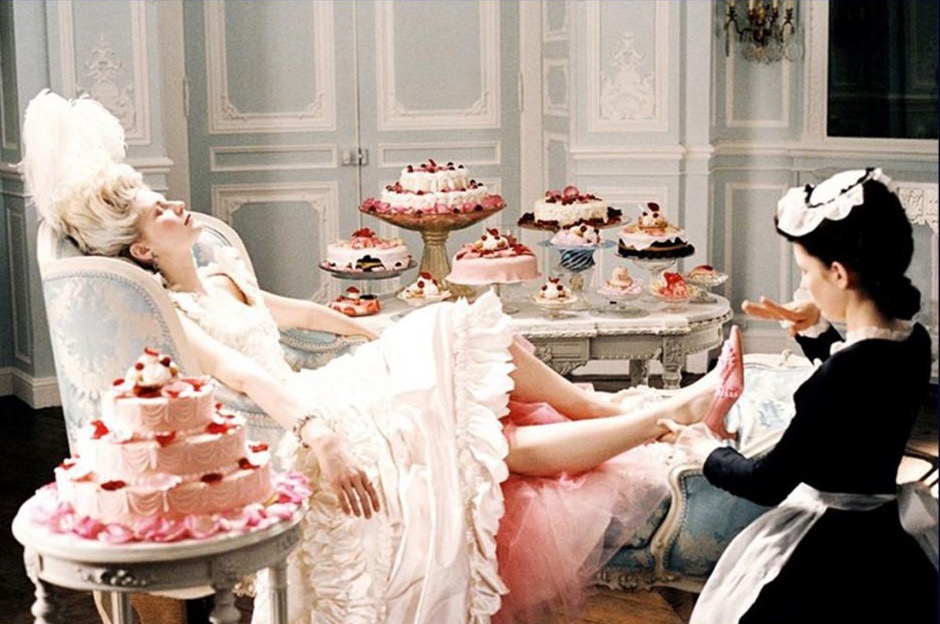 Since Sofia Coppola’s blockbuster movie
Since Sofia Coppola’s blockbuster movie 

